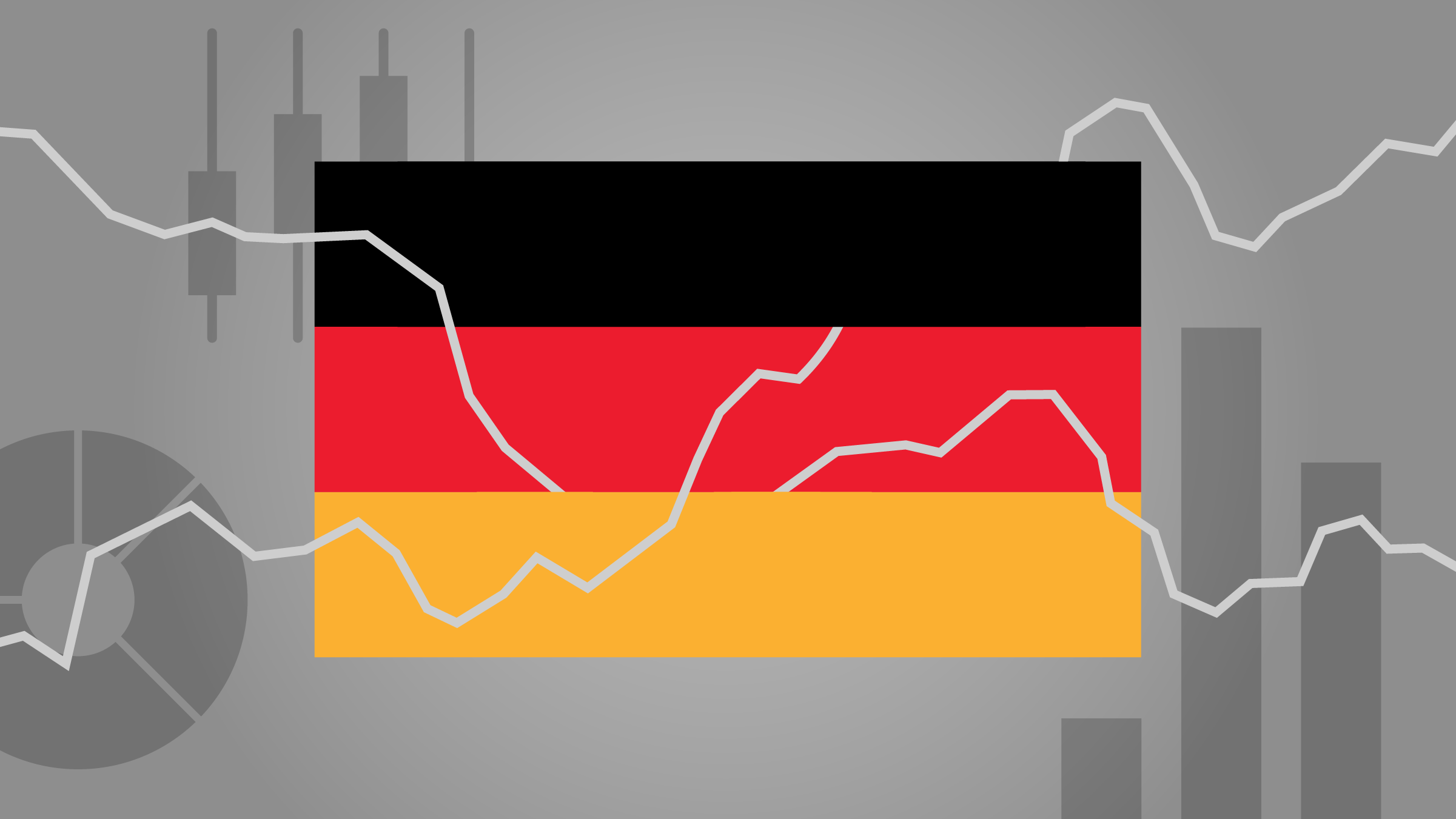The db x-trackers iBoxx Germany 1-3 ETF offers investors exposure to the performance of the short-dated segment of the German government bond market. The short-dated maturity focus and the security afforded by Germany as a sovereign issuer make this ETF a very low-risk alternative to EUR-denominated cash holdings or other money market instruments in core investment portfolios, both for institutional and retail investors. In principle, the restricted geographical market coverage of this ETF would make it more suitable for investors with German-centric investment portfolios. However, the mix of economic fundamentals since the onset of the Eurozone sovereign debt crisis has conferred German government bonds the added benefit of
safe-haven asset of choice for the wider Eurozone investment community.
The ETF tracks the performance of an index which is partly made up of Germany 2y bonds (Schatz) whose pricing dynamics may be affected by the roll of contracts in the futures market. Institutional investors might be best suited to understand these pricing dynamics, but as a rule, all newly issued German Schatz acquire cheapest-to-deliver status for Schatz futures contracts. This ensures a body of demand for the cash bond that might drive prices higher as roll time nears, while Schatz no longer serving such purpose could see a price drop.
Fundamentale Analyse
The Eurozone debt crisis has allowed Germany to recapture the lynchpin role within the Eurozone government bond market. Since the introduction of the Euro and up to the crisis markets had adhered to the theoretical notion of economic convergence between Eurozone constituents; allowing for an almost full elimination of spreads to Germany. As the crisis unfolded, Germany became – and remains – the end beneficiary of intra-Eurozone risk-aversion flows predicated on fears that the Euro project could crumble. As a result, German government bond yields have fallen to historical lows (e.g. Germany has been able to sell short-dated bonds at negative yields), while cross-country bond spreads to Germany, particularly of Eurozone periphery issuers, have widened to pre-Euro levels.
The German government has taken advantage of this situation to become the de facto shaper of economic policy in the Eurozone. Severe budget deficit reduction strategies have been imposed at the behest of Germany on all her Eurozone partners as the price to pay for Berlin’s support for some unpalatable compromises (e.g. sovereign bailouts and the setting up of the European Financial Stability Facility and its permanent replacement the European Stability Mechanism). The net effect of this policy drive has been that of further intensifying the gap between highly-productive core and low-skilled-labour-intensive peripheral Eurozone economies, with the heavily export-oriented Germany posting an impressive recovery from the depths of the recession. The pace of GDP growth has slowed in H1-12, but the premise of German outperformance vs. other Eurozone areas remains solid. This is facilitated by two key factors: a highly competitive export sector and a government-subsidised labour market programme that makes it possible for firms to retain highly skilled employees at minimum cost during times of economic crisis.
Against this general backdrop, the ECB maintains a very accommodative monetary policy stance. Acute financial market tensions in H2-11 and H1-12 – not to mention a slowdown in global economic performance – have led the ECB to cut interest rates in July 2012 to a new historical low of 0.75% from 1.00%. Expectations are for further conventional monetary easing further down the line should downside risks to the economic outlook materialise. Aside from conventional monetary policy measures, the ECB actively has also focused on the very pressing issue of financial stability, routinely providing ample liquidity at very favourable terms to a Eurozone banking sector still hampered by bad debt.
The scope for further capital appreciation for German short-dated government bonds should look extremely limited at this stage. However, as long as doubts about the long-term financial health of the Eurozone persist, investment strategies targeting capital preservation are likely to ensure German government bond yields remain at very low levels. Once yields trend north on a sustainable manner, the appeal for very low-risk alternatives to cash holdings might diminish as investors develop a stronger appetite for risk. This is when the tactical usage of this ETF (e.g. duration management) may come fully into play. However, this remains a very distant prospect at this juncture.
Indexkonstruktion
The iBoxx Euro Germany 1-3 TR Index measures the performance of the market of German government bonds with a maturity between one and three years. Bonds are assigned to the index on the basis of their expected remaining life. Bonds must have a minimum residual maturity of one year and a minimum outstanding of EUR 2bn. Within the index each bond is weighted according to its amount outstanding. The index is calculated on a total return basis using daily closing prices. Prices for all bonds are provided by ten major financial institutions and are then consolidated for index calculation purposes. The index is rebalanced on a monthly basis on the last day of the month. Coupon and redemption payments are held as cash until the next rebalancing and then reinvested.
Fondskonstruktion
db x-trackers uses synthetic replication to track the performance of the iBoxx EUR Germany 1-3 TR index. This ETF was launched in January 2010 and is domiciled in Luxembourg. The db x-trackers iBoxx Germany 1-3 ETF does not distribute dividends for its 1C share class (e.g. 90% of the fund as of this writing) and it does so at the discretion of the Board of Directors for its 1D share class. For its range of fixed income ETFs, db x-trackers uses the unfunded swap model. The ETF buys a basket of securities (ie. substitute basket) from Deutsche Bank while simultaneously entering into an OTC total return swap agreement to receive the performance of the benchmark index of reference (net of fees) in exchange for that of the substitute basket. The holdings of the substitute basket tend to have a high correlation with those of the benchmark index. In fact, it is not unusual for the substitute basket to be made up of bonds from the same issuers that the index tracks. However the fund manager does not aim to replicate the index, either in the number constituent bonds, number of issuers represented or their weighting. In principle db x-trackers sets out generic limits on the various asset classes the fund can invest in. However, these limits are not fixed and can be changed to account for market circumstances. A snapshot at the time of this writing (e.g. July 2012) showed that the ETF’s substitute basket was made up of 8 German short and medium-dated government bonds, compared to an underlying iBoxx index basket made up of 13 constituents. According to UCITS III regulations, individual counterparty risk exposure is limited to 10% of the fund’s NAV at any point in time. According to our research, in the case of fixed income ETFs, db x-trackers has a generic policy of re-setting swaps to zero when counterparty exposure reaches 5% of NAV and/or whenever there is creation or redemption of units. The frequency of swap resetting can be daily. We understand that db x-trackers’ policy is not to engage in securities lending, which serves to minimise counterparty risk.
Gebühren
The annual total expense ratio (TER) is 0.15%. According to our research this is the top-end of the annual TER range (e.g. 0.12-0.15%) for ETFs offering exposure to specific maturity segments of the German government bond market.
Alternativen
The most popular ETF – as measured in AUM terms – providing exposure to the short-dated segment of the German government bond market is the iShares eb.rexx Government Germany 1.5-2.5 ETF, a physically replicated fund with assets close to EUR 1.2bn as of this writing and charging a TER of 0.15%.
Further down the AUM scale we find the ETFlab Deutsche Boerse EUROGOV Germany 1-3 ETF, also physically replicated and charging a TER 0.15%. As we write, the ETFlab vehicle, with AUM close to EUR 300mn, has overtaken db x-trackers to become the second most popular ETF offering investors this particular market exposure. With a lower TER of 0.12%, but less liquid and tracking an index which partly straddles into money market territory, we find the swap-based Comstage’s iBoxx Euro Sovereigns Germany Capped 3m-2y TR ETF. The UBS iBoxx EUR Germany 1-3 (A) ETF, launched in January 2012, is the most recent addition to the marketplace. It is physical replicated and charges a TER of 0.15%.
Investors looking for other alternatives to this db x-trackers fund could consider the array of ETFs tracking the performance of the short-dated segment of the AAA-rated Eurozone government bond market. However,this would mean having to compromise on country exposure, as Germany only accounts for a share of the underlying indices.
















